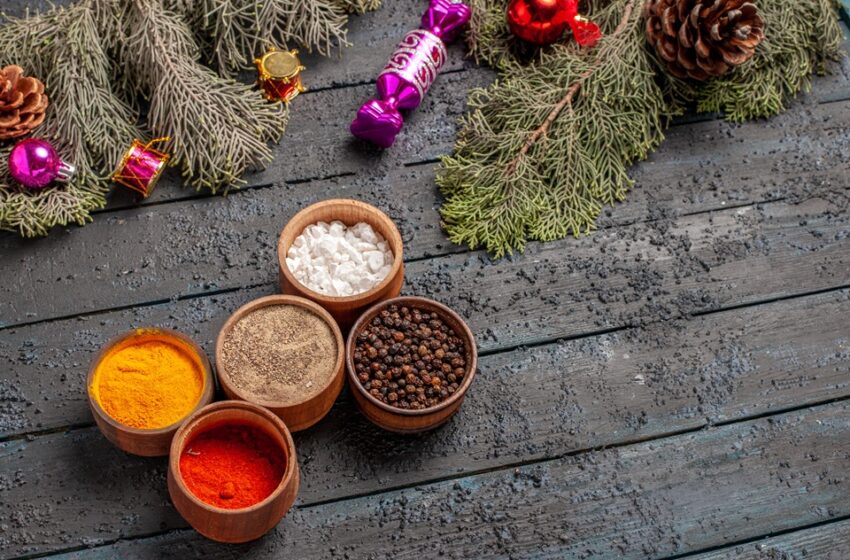Why Mayan Flavorings Can Transform Your Cooking

Introduction
Mayan flavorings weave a symphony of taste and tradition into every dish they touch. These ancient spices and pastes, rich with history and flavor, can transform your daily cooking into a cultural adventure. Mayan spices offer a novel pathway to taste exploration in a world increasingly seeking new culinary experiences. This article delves into what makes Mayan spices distinctive and how they can invigorate your culinary endeavors.
The Rich History Of Mayan Cuisine
Enveloped in the vibrant traditions of the Yucatan Peninsula, Mayan cuisine is a testament to an ancient civilization’s creativity and resourcefulness. For centuries, the Mayans cultivated a food culture that harmonized with their environment, resulting in flavorful dishes that have stood the test of time. Traditional Mayan dishes are a complex interplay of local produce, game meats, and a mosaic of spices, all combined to create nourishing and aromatic foods. To experience these rich flavors at home, you can order Mayan seasoning pastes for quick delivery, making incorporating authentic tastes into your cooking easier. Search results highlight various online options, ensuring culinary enthusiasts can easily access these unique ingredients.
Unique Ingredients In Mayan Flavorings
At the heart of Mayan flavorings lie ingredients that are as unique as they are tantalizing. Spices like annatto, achiote, and habanero stand out for their distinct flavors and vibrant colors. With their mildly sweet and peppery profile, Annatto seeds are used for their taste and the rich red hue they impart. Achiote paste, a cornerstone of Mayan cooking, combines annatto with garlic, cumin, and other spices to create a profoundly earthy, complex seasoning. These ingredients contribute to the warm, aromatic notes that define much of Mayan cuisine.
Health Benefits Of Mayan Spices
Mayan spices offer a variety of health benefits that extend beyond their culinary allure. For instance, annatto is loaded with antioxidants, which help protect cells from damage. The capsicum in habanero is known for its metabolism-boosting properties and ability to aid digestion. Furthermore, turmeric, another popular ingredient in Mayan cooking, boasts anti-inflammatory and antibacterial properties. By integrating these ingredients into your dishes, you add flavor and a health-enhancing aspect to your meals.
Ways To Integrate Mayan Flavorings Into Modern Cooking
Transforming your cooking with Mayan flavorings doesn’t require a complete overhaul of your meal planning. These spices and pastes can be subtly incorporated into a variety of dishes. Consider using achiote paste as a marinade for meats, injecting a vibrant, earthy character. Annatto can be added to rice dishes to provide color and a mild, nutty taste. Even familiar recipes can be rebooted with a Mayan twist; try adding habanero to your guacamole for an unexpected but delightful kick.
Cultural Significance Of Mayan Cuisine
In addition to their taste, Mayan flavorings represent a cultural heritage reflecting a decadent civilization’s history and biodiversity. Mayan cooking uses indigenous ingredients and methods as a living map that traces the interactions between different cultures over time. Preparing dishes with these ancient flavorings pays homage to this sophisticated legacy, offering a deeper appreciation of each dish’s historical and cultural layers.
Key Takeaways
- Mayan flavorings contain unique and vibrant spices such as annatto, achiote, and habanero.
- The health benefits of Mayan spices, including antioxidants and metabolism-boosting properties, add value beyond taste.
- Integrating Mayan flavorings into current dishes can revitalize your culinary repertoire.
- Exploring traditional Mayan dishes offers an authentic entry point into this ancient culinary tradition.
- The use of Mayan spices contributes to preserving and celebrating cultural heritage, enriching our understanding of historical culinary practices.